Table of Contents[Hide][Show]
No doubt you’ve used cocoa butter or shea butter at some point, maybe for stretch marks or to relieve super dry skin. They’re both staples in the skin care world.
But there’s a new butter that’s making a name for itself in the natural skin care world, and we didn’t want you to miss out on these benefits.
If you’ve had mango pieces on your salad, a mango smoothie, mango in your stir-fry, or just mango just by itself, you already know how refreshing and luscious it is. But have you tried mango butter, made from the seed of the fruit?
What is mango butter?
As with most natural fruits, the seed has just as many benefits as the flesh. The mango seed can be formed into a powder, oil, or butter, depending on how it’s processed. Typically, the butter is cold-pressed from the seeds, and is said to be similar to cocoa and shea butters, in that it’s moisturizing without being greasy.
Some background on mango
The mango itself comes from a tropical fruit tree (the Mangifera) native to South Asia, though the trees are cultivated in a number of locations now for their fruits, including India, China, Brazil, and Mexico.
They grow up to be 130 feet tall with evergreen leaves and small white flowers. The fruit ripens in the summertime, and is usually a variety of yellow-orange color with a single flat pit that houses a single seed.
Beyond being an amazing skin care ingredient, mango butter is sometimes used in cooking, as an alternative to regular butter, and in baking recipes.
Health benefits of eating mangoes
Like most fruits, mangoes have a number of health benefits. They’re rich in vitamin C, vitamin A, folate, and are also good sources of fiber.
Antioxidant benefits
Their real gift lies in their antioxidants. They contain zeaxanthin, which helps protect the eyes from macular degeneration, and beta-carotene, which helps reduce the risk of a number of health conditions, including asthma.
The science behind it
Research on mango has also found that it may have potential in preventing heart disease and diabetes. A 2009 study, for instance, found that overweight and/or obese participants who took 150 mg of mango seed extract twice a day before meals experienced significant improvements in body weight, body fat, waist circumference, total cholesterol, LDL cholesterol, blood sugar, and inflammation.
An earlier 2005 study found similar results, with participants taking a mango seed extract decreasing their body weight and cholesterol levels.
A more recent 2014 study found that making mangoes a part of your regular diet could help you lower blood sugar levels. Participants consumed 10 mg freeze-dried mango (about the same as half a fresh mango) for twelve weeks. After the study period was over, participants had reduced their blood sugar levels significantly.
What makes mangos so special
Researchers believe that some of these effects may be due to a unique bioactive compound in mangoes, called “mangiferin.” This natural plant polyphenol has strong antioxidant, antibacterial, antimicrobial, antiviral, anti-inflammatory, and many other activities.
According to a 2013 study, mangiferin may also have anti-allergic, memory-improving, and radioprotective properties (against various forms of radiation, including gamma, x-ray, and UV).
Mango seed butter skin benefits
In skin care, we flock to mango butter for its moisturizing essential fatty acids. It’s rich in oleic acid, a mono-unsaturated omega-9 acid; and stearic acid, a saturated fatty acid. These are ingredients that the skin readily recognizes, takes up, and uses to help add moisture to the skin as it tightens and firms the appearance of skin.
Here are some of the other ways mango benefits skin:
Plumps the appearance of skin
Because it’s rich in vitamin C, mango butter can help encourage a more plump and tighter look. It also promotes a firmer appearance on skin. (Note- this is why we love it in our Anti-Aging Eye Cream)
Natural source of vitamin A
Vitamin A is one of the natural ingredients that encourages a revitalized, glowing look. Since mango butter is a natural source of vitamin A, it helps reduce the appearance of fine lines and wrinkles and increasing skin’s overall youthful look.
Treats dry skin
Dry patches, flakiness, and even sensitive skin can benefit from daily application of mango butter, which goes to work deeply moisturizing. Oh, and don’t forget your lips—mango butter works great as a lip balm.
Reduces the appearance of fine lines and wrinkles
Mango butter provides a more lasting type of moisturization, which can help reduce the appearance of fine lines and wrinkles down the line.
Protects from environmental stressors
This is a great perk with mango butter—when you apply it to your skin you carry around an extra bit of protection. This doesn’t mean you shouldn’t wear sun protection, though!
Soothes
Mango butter helps soothe skin.
Don’t take our word for it. try it!
All this, yet mango butter is gentle on skin, and perfectly suitable for sensitive skin. We take advantage of the nutritive, hydrating properties of mango butter in both our Phytonutrient Cleanser and Anti-Aging Eye Cream.
Sources:
Lipids in Health and Disease – IGOB131, a Novel Seed Extract of the West African Plant Irvingia Gabonensis, Significantly Reduces Body Weight and Improves Metabolic Parameters in Overweight Humans in a Randomized Double-blind Placebo Controlled Investigation
Lipids in Health and Disease – The Effect of Irvingia Gabonensis Seeds on Body Weight and Blood Lipids of Obese Subjects in Cameroon
EurekAlert! – New study: Emerging Research Indicates Mangos May Lower Blood Sugar in Obese Adults
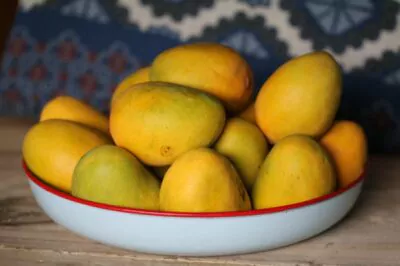
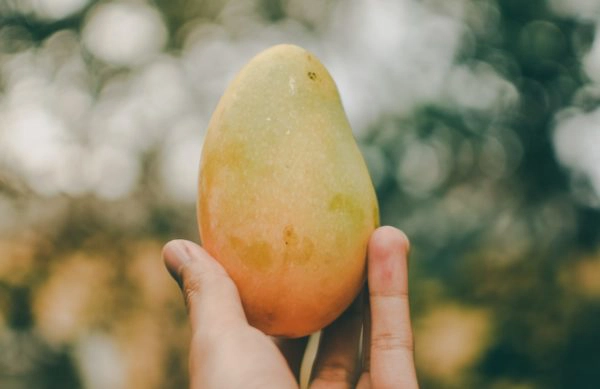
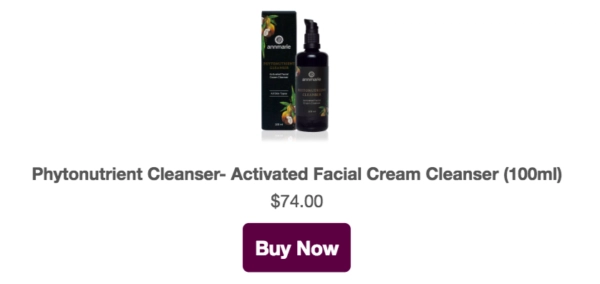

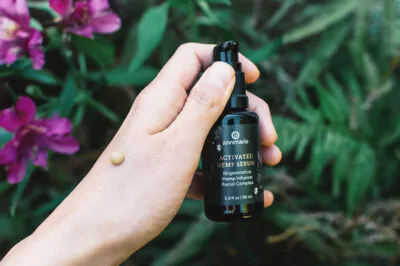
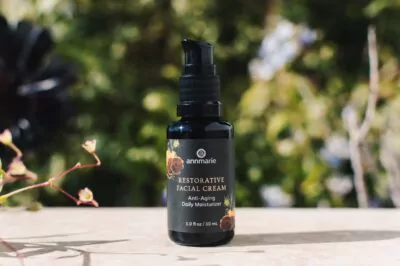
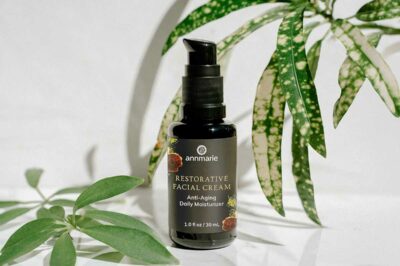
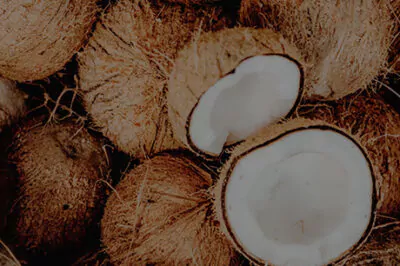
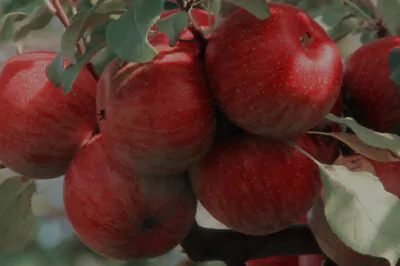
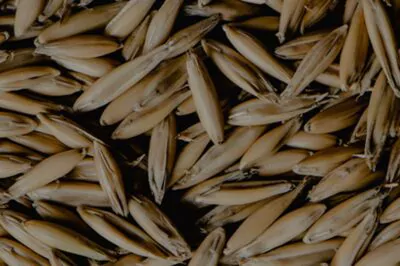
Hi,
I love your blogs. I was wondering if you could help me with one problem.
I live in India and we have plenty of mangoes here. We consume kilos per season and normally throw away the seeds.
I searched a lot but in vain. Can you tell me a way i could make mango butter at home from the seed kernels? I tried putting them in a blender but it was too gritty.
Regards,
Divya
Hi Divya,
You can use a mortar and pestle and, with the addition of a little water (a quarter teaspoon or so, as needed), you can crush the gritty blended mango kernel into a lovely paste
Hi again Divya,
I just replied a little while ago to your message on here asking how to make mango seed butter at home. I mentioned using a mortar and pestle. Anyway, I thought I’d try it, but had to use a makeshift mortar and pestle as mine’s packed away, and it didn’t work. I tried also using the edge of a large chef’s knife with a little salt (in the way a chef would make garlic paste), and it was still very difficult to achieve, looking somewhat like mushroom pate (lol)! Finally, I mixed in lots of water and blended it up, then strained it all through a stocking. Well! I finally have something useable! I think next timed I shall soak the mango seed in water for a day or two, and then blend in water (just like making nut milk) and strain through the stocking. What I have at present is a chocolate-coloured putty. It feels nice on rubbing into the skin, but not everything absorbs into the skin (so lots of little “rubbings” fall off). Interesting! I shall try again and see if anything better will come out of it! 🙂
Back again in regard to Divya’s comment. The mango seed paste I made was pretty awful to be honest and didn’t really work, and I realise that what I made is not the right product, brown paste! 😀
Thinking about how they make peanut butter, I know the nuts are first roasted, and then the nuts crushed and the oil comes to the surface upon resting, I think.
Anyway, I haven’t tried this yet as I haven’t had any more mango pips to try it out on, but if I have any success, I’ll come back and write something else 🙂
The addition of mango butter sounds interesting. In looking at the other ingredients in the anti-aging eye cream I’m surprised to see the ingredient carrageenan, a common food additive in nondairy milks such as almond and coconut milk that is a powerful inflammatory agent. Dr. Russell Blaylock recently referenced a report in the journal “Medical Hypothesis”, that human correlational studies show an increased incidence of breast cancers with high consumption of foods containing carrageenan, which triggered inflammation when injected in animals. Other natural food nutritionists have raised similar concerns. While that indicates food products containing this ingredient should be avoided, there should be similar scrutiny with skin care products. So, this ingredient in your product would deter me from purchasing.
Hi Jill,
We don’t give advice on whether or not people should eat carrageenan, but putting it on the skin is perfectly safe. We wrote an article about it here –> https://www.annmariegianni.com/carrageenan-in-skin-care/
Thank you for the link. This is helpful to know.
I recently received a sample pack from you. I love the products. I am very happy that you will be using mango as a base butter. My skin does very well with mango as opposed to other fats. Can’t wait to try it out. Sincerely, Charmaine.